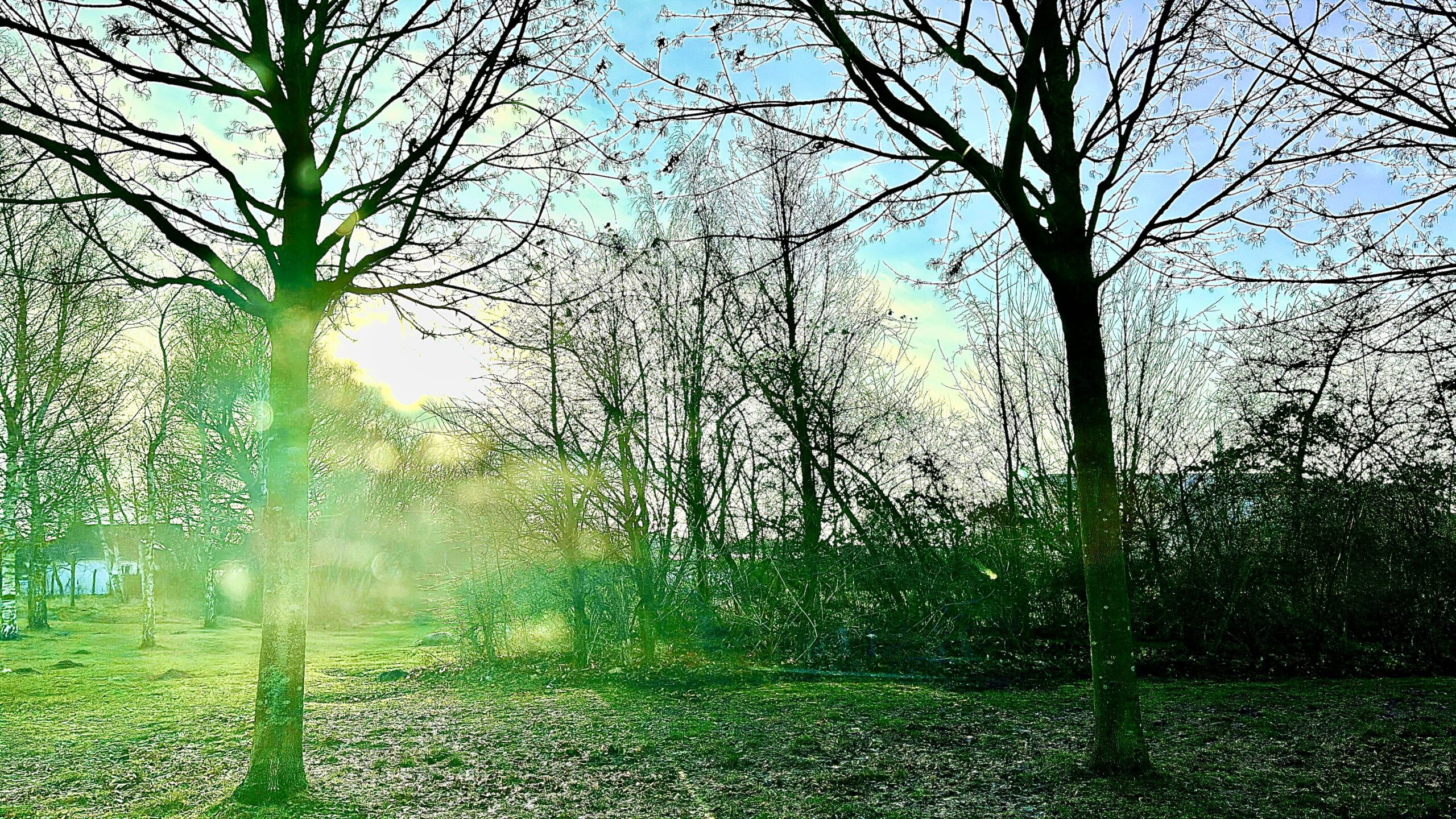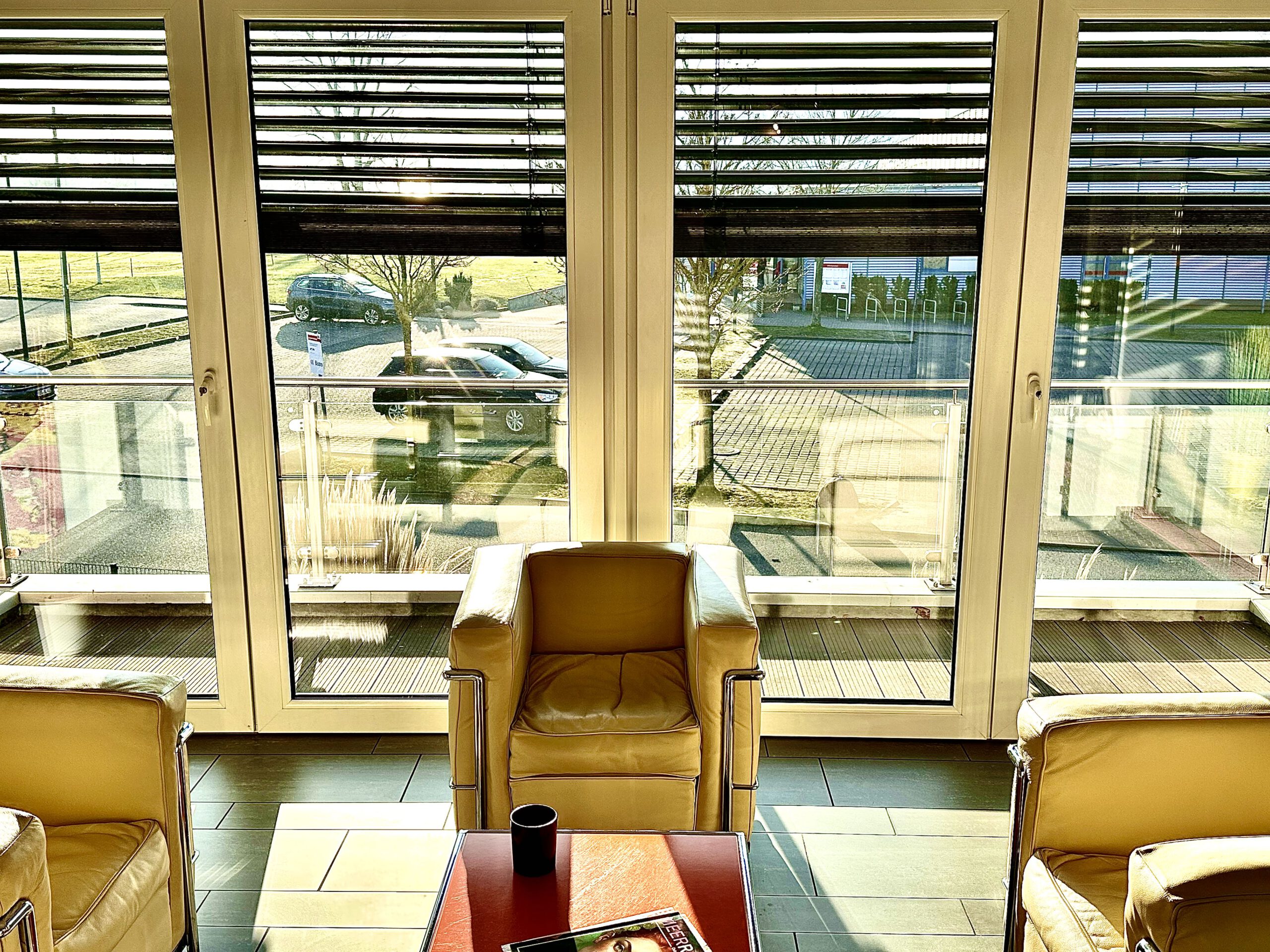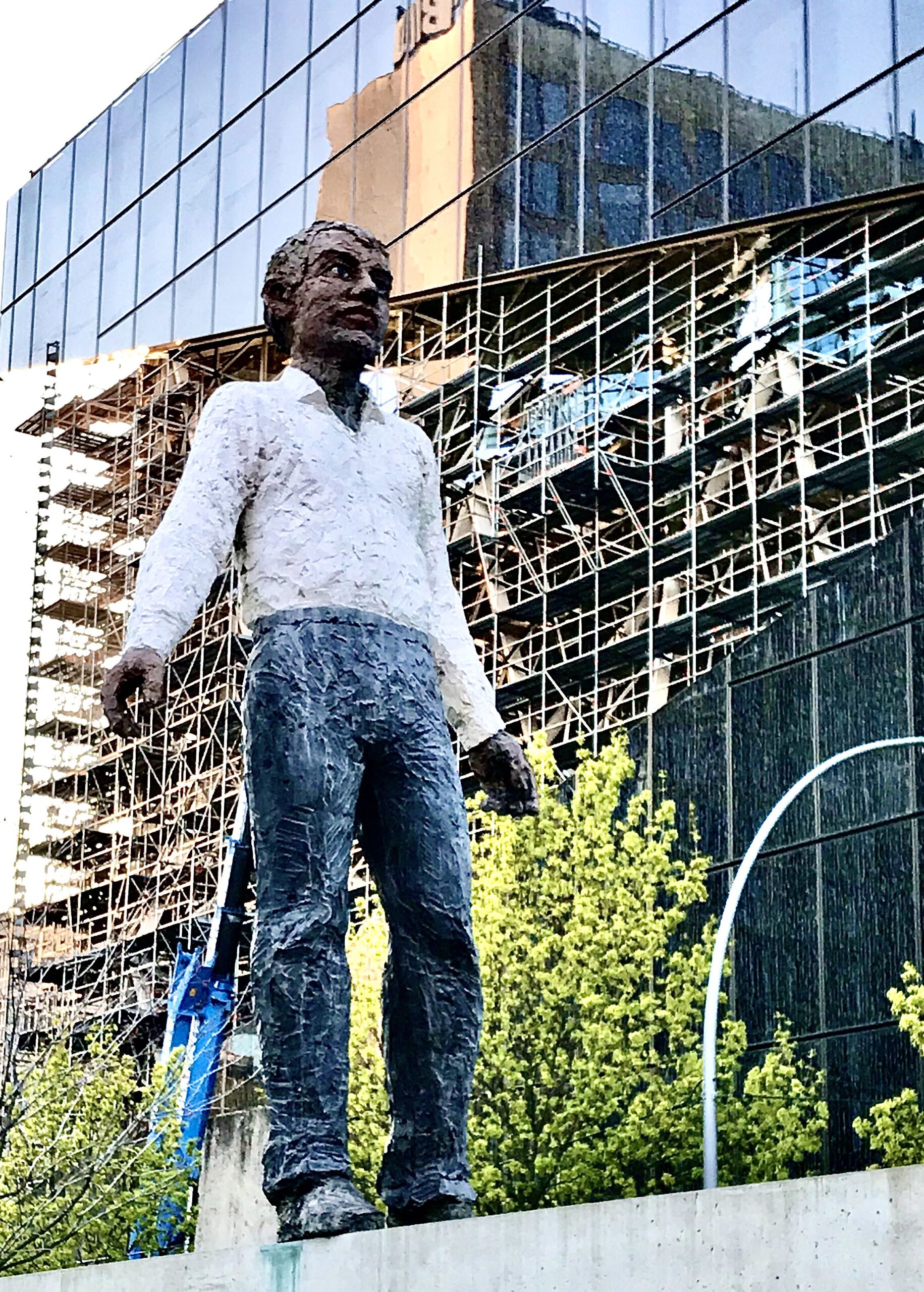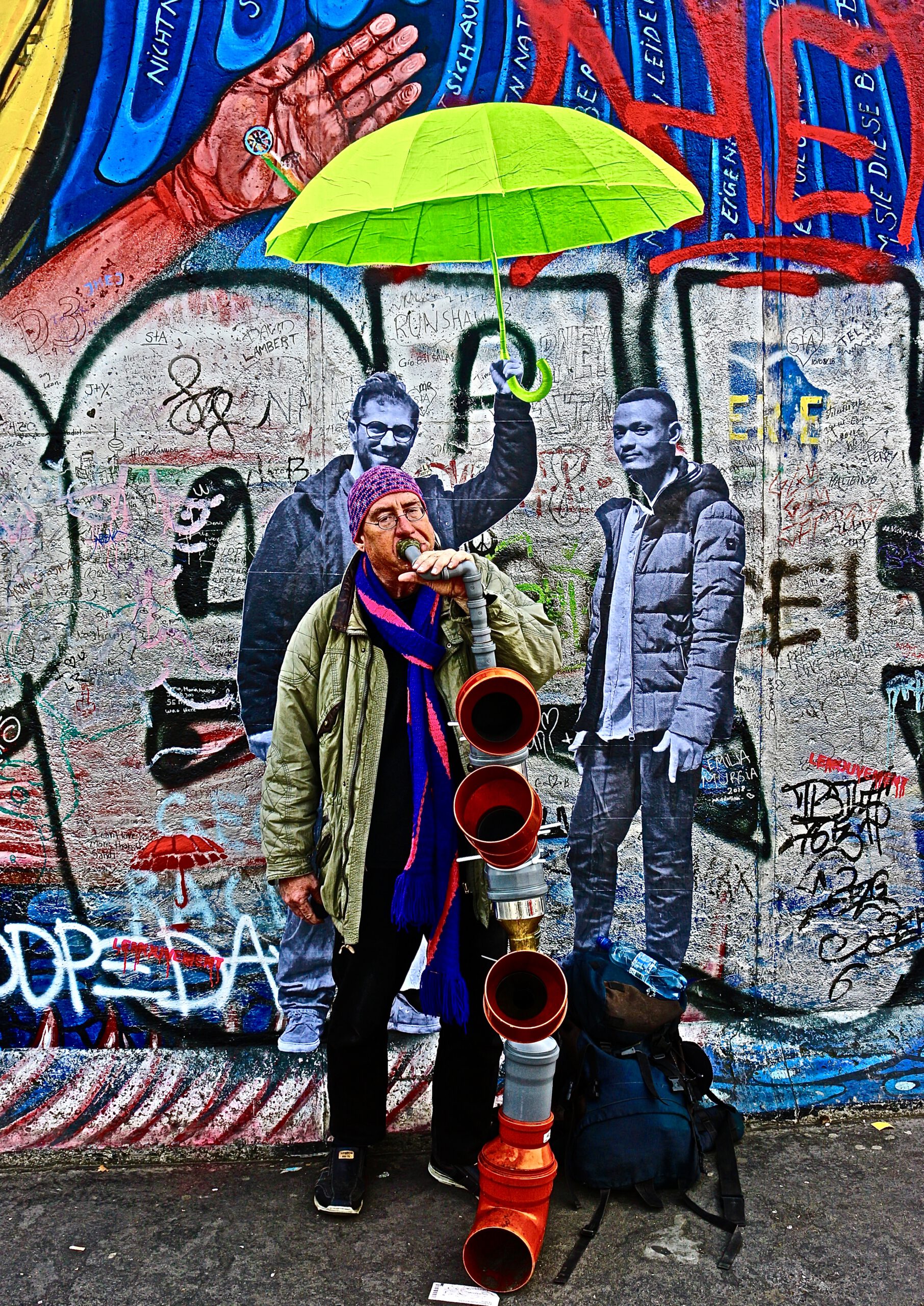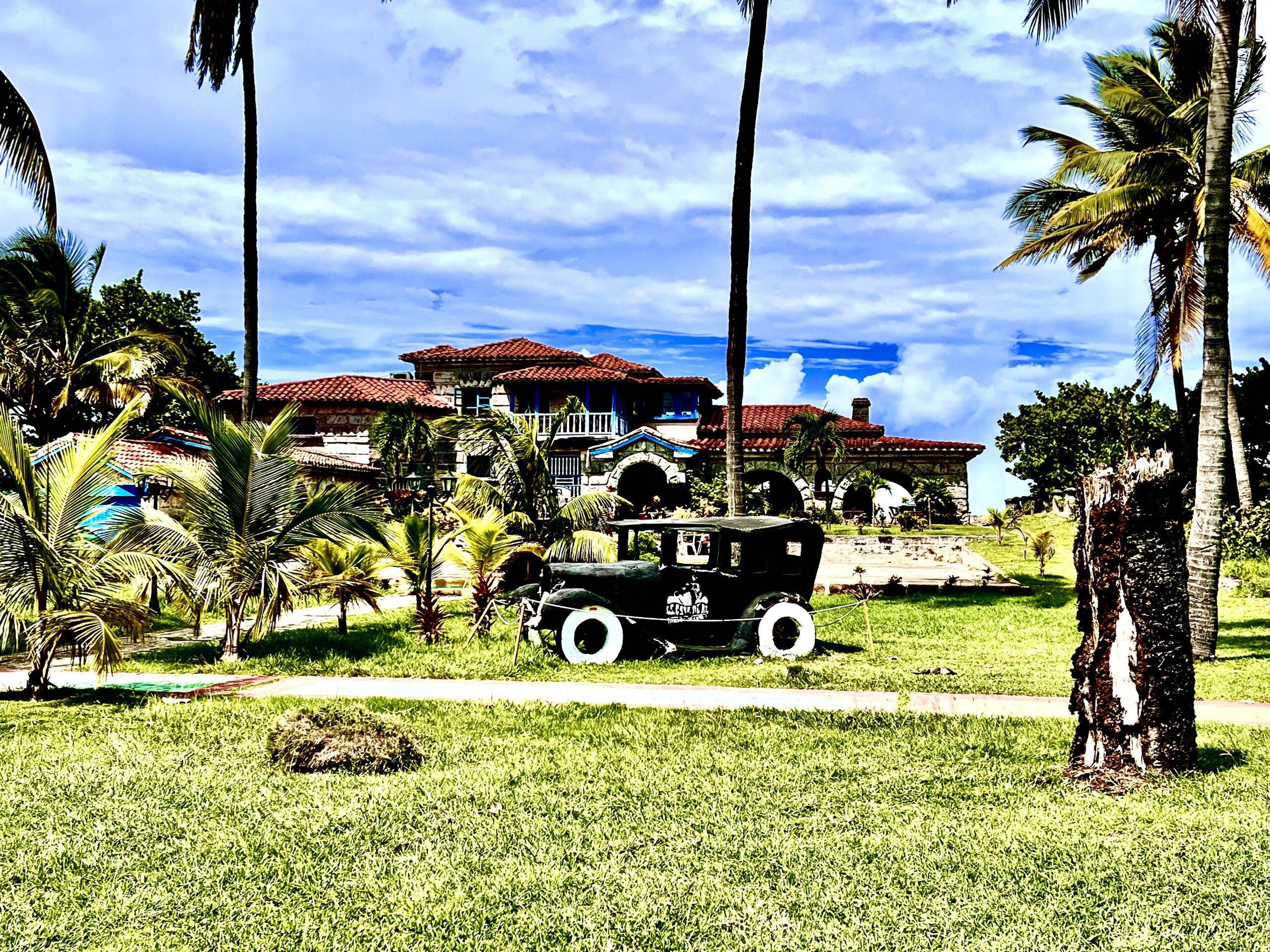Saphenion®: Nebenwirkungen beim Venenkleber? Intensiv wird auf Kongressen und Webseminaren, aber auch in internationalen und nationalen Fachartikeln über mögliche Nebenwirkungen der „neuen“ (13 Jahre alten) Therapieoption „Venenkleber“ beim Einsatz an Stammkrampfadern diskutiert.
Besonders intensiv ist diese Diskussion in Deutschland. Haben wir doch hier ein duales ambulantes / stationäres Gesundheitssystem mit unterschiedlichen Vergütungsstrukturen. Aus diesem Grund spielt die Auswahl abrechnungsrelevanter Therapieoptionen eine sehr große Rolle. Die Vielfalt der Therapiemöglichkeiten für Krampfadern vom klassischen radikalchirurgischen Herausziehen (Stripping) von Stamm – und Seitenastkrampfadern über kathetergestützte thermische Verfahren (Laser, Radiowelle, Heißdampf) bis hin zu nicht thermischen Verfahren (Mikroschaum, Clarivein, Venenkleber) erfordert eine umso umfassendere Aufklärung des Patienten.
Saphenion®: Side effects of vein glue? There is intensive discussion at congresses and web seminars, as well as in international and national specialist articles, about possible side effects of the “new” (13-year-old) treatment option “vein glue” when used on truncal varicose veins.
This discussion is particularly intense in Germany. After all, we have a dual outpatient/inpatient healthcare system with different reimbursement structures. For this reason, the selection of billing-relevant treatment options plays a very important role. The variety of treatment options for varicose veins, from classic radical surgical removal (stripping) of trunk and side branch varicose veins to catheter-based thermal procedures (laser, radio wave, superheated steam) and non-thermal procedures (microfoam, Clarivein, vein glue), requires even more comprehensive information for the patient.
